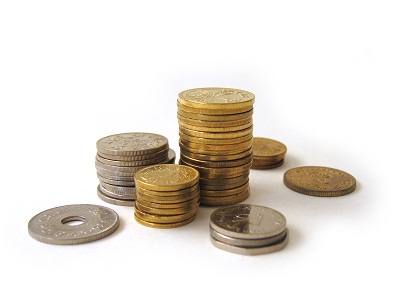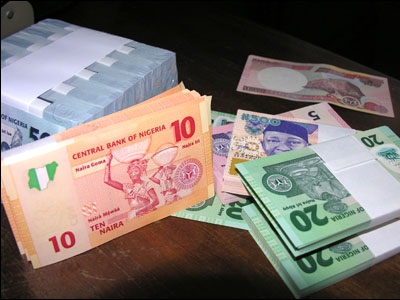The following is a guest post we’re pleased to share by Hystra Consulting and Ashoka.
 A recent study reveals how Information and Communication Technology (ICT) can viably provide access to education, healthcare, agro-services and financial services to the Base of the Pyramid (BoP). The study reviewed more than 280 initiatives set up by various types of actors (corporations, Citizen Sector Organizations, social entrepreneurs…) in Asia, Latin America and Africa which are using ICTs to provide services to the BoP. Hystra, a French consulting firm and its partner Ashoka evaluated the projects based on their ability to solve a problem, their scalability and their financial sustainability. The report presents 15 of the most ground breaking market-based business models, which have reached a significant level of scale and have improved the living standards of the BoP using ICTs.
A recent study reveals how Information and Communication Technology (ICT) can viably provide access to education, healthcare, agro-services and financial services to the Base of the Pyramid (BoP). The study reviewed more than 280 initiatives set up by various types of actors (corporations, Citizen Sector Organizations, social entrepreneurs…) in Asia, Latin America and Africa which are using ICTs to provide services to the BoP. Hystra, a French consulting firm and its partner Ashoka evaluated the projects based on their ability to solve a problem, their scalability and their financial sustainability. The report presents 15 of the most ground breaking market-based business models, which have reached a significant level of scale and have improved the living standards of the BoP using ICTs.
Financial sustainability varies across sectors, financial services being the most mature of the four areas studied.
3 of the projects featured as financial services case studies in the report serve profitably more than 5 million customers each via different business models: M-PESA in Kenya with mobile money, Bradesco in Brazil with branchless banking via post offices and small retail shops, and FINO in India with a suite of POS-powered financial services available to over 40 million clients via door-to-door agents.[1]
Why are financial services the most developed area in terms of business model sustainability? One of the reasons cited is the willingness of clients to pay upfront for the service, because it offers them immediate savings compared to previous practices (such as cheaper money transfers). Moreover ICT-based financial services often go well beyond previous offerings, creating new practices for unbanked populations such as savings or insurance schemes that lower their vulnerability to adverse events. For example, some MNOs have developed innovative loyalty-based life insurance covers. These types of products help reduce churn and attract new customers for MNOs while providing a new valuable service to customers.
Establishing trust in the service is a key factor of success for ICT-based financial services, as they deal directly with people’s money. These services require robust and secured platforms, in addition to trusted agents who are able to sell the service, manage liquidity and provide a direct interface between the technology platform and end-users. Leveraging existing trusted networks such as Safaricom’s airtime resellers (in the case of M-PESA) or post office agents (in the case of Bradesco) appears as an effective way to create trust in these services.
The business models studied in the report tap into multiple revenue sources, getting commissions from governments for g2p payments, banks and insurance companies for the opening of new accounts, end-users for the transactions they perform, and MNOs which benefit from customer retention and higher end-users fees. Governments can actually play a large role in promoting such services: using them for their G2P payments, they can be a sufficiently large first client of ICT-based financial services to justify the initial investment in the technology that new companies entering this space need to make – one of the first services offered by FINO was G2P payments and state health insurance, for example. Many actors have tried – with mitigated success – to replicate M-PESA. However, the study points out to a wider range of models which can be just as effective in providing financial services using ICT. The key is to find which business model is suitable in each local context.
The study was sponsored by AFD, Ericsson, France Telecom-Orange, ICCO and TNO and conducted by Hystra and Ashoka. The full report is available for download in the MMU library.
[1] The number of FINO clients stood at “only” 28 million when the case study was done in February 2011, but FINO grows by over a million customers each month!








































